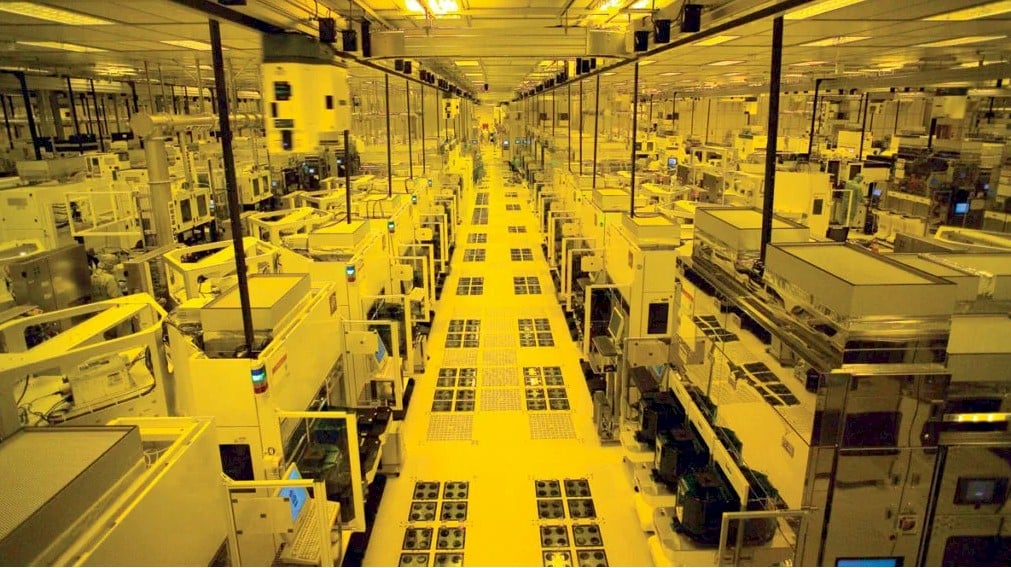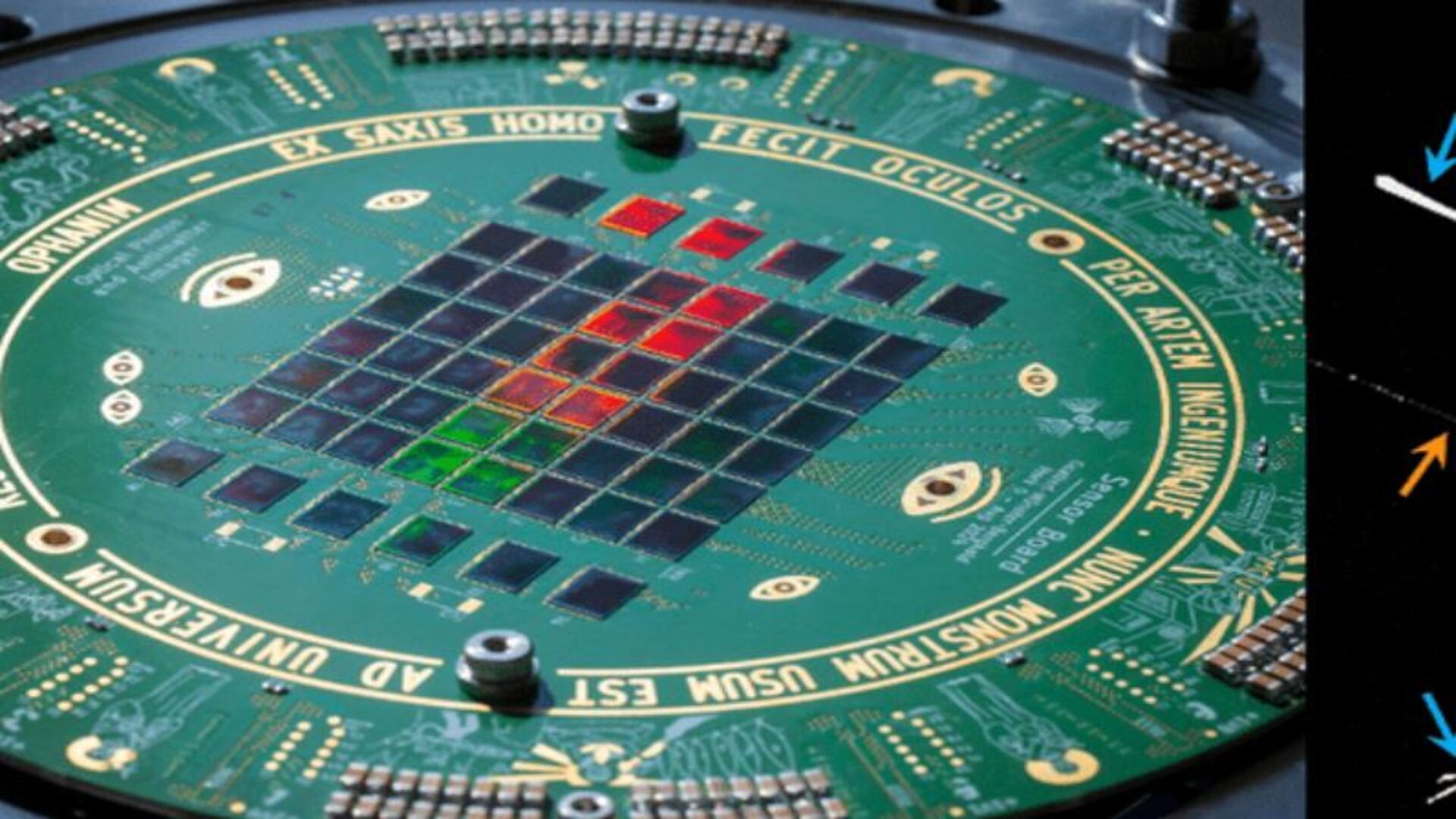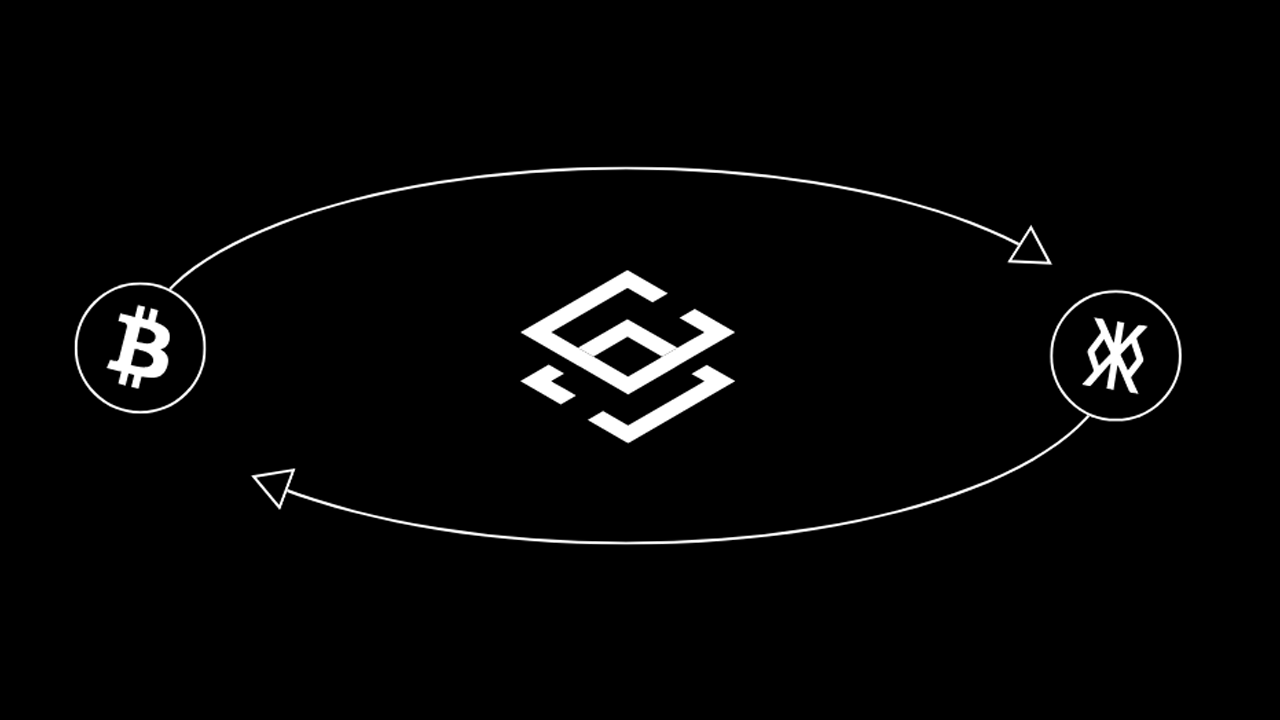AWS X-Ray to break a monolith into microservice
Breaking a monolith into microservices is a complex process that requires careful planning and execution. AWS X-Ray can help you analyze your monolithic application, identify bottlenecks, and monitor the transition to a microservices architecture. Here's how you can use AWS X-Ray in this process: Step 1: Understand Your Monolith Before breaking down a monolith, you need to understand how different components interact. AWS X-Ray helps by providing distributed tracing, which allows you to visualize request flows, dependencies, and performance bottlenecks. Steps to Use AWS X-Ray on a Monolith: Enable AWS X-Ray in Your Application If your monolith is running on EC2, ECS, Lambda, or EKS, enable X-Ray by installing the SDK and running the X-Ray daemon. Example for a Python application: from aws_xray_sdk.core import xray_recorder from aws_xray_sdk.core import patch_all xray_recorder.configure(service='MonolithApp') patch_all() For Java, Node.js, .NET, etc., AWS provides official SDKs. Instrument Incoming Requests If using API Gateway, enable X-Ray tracing in API Gateway settings. For EC2/ECS, modify your application to trace HTTP calls and database queries. Analyze Trace Data Use the AWS X-Ray Console to view the service map and identify slow dependencies or high-latency calls. Look for frequently accessed services, slow endpoints, and high error rates—these are good candidates for microservices. Step 2: Identify Microservice Boundaries Using the X-Ray insights, group functionalities that should become independent services. Consider: Domain-driven design (DDD): Identify business domains that can be separated. Database dependencies: Identify tables and queries that should be isolated. Performance bottlenecks: Identify parts of the system slowing down requests. Step 3: Extract Microservices Gradually Once you’ve identified the boundaries, start extracting services one at a time: Approach: Strangler Fig Pattern - Strategy for incrementally refactoring a monolithic application into a microservices architecture without a full rewrite. Create a new microservice for a specific function (e.g., user authentication, order processing). Expose the new microservice via API Gateway. Redirect traffic to the microservice instead of the monolith. Monitor performance using AWS X-Ray to ensure proper functionality. Gradually remove the monolithic dependency. Step 4: Deploy and Monitor Microservices Deploy the new microservices on AWS Lambda, ECS (Fargate), or EKS. Use AWS X-Ray with CloudWatch to monitor the transition and ensure the new services perform better than the monolith. Implement observability tools like AWS CloudWatch Logs, AWS X-Ray, and AWS App Mesh.

Breaking a monolith into microservices is a complex process that requires careful planning and execution.
AWS X-Ray can help you analyze your monolithic application, identify bottlenecks, and monitor the transition to a microservices architecture. Here's how you can use AWS X-Ray in this process:
Step 1: Understand Your Monolith
Before breaking down a monolith, you need to understand how different components interact.
AWS X-Ray helps by providing distributed tracing, which allows you to visualize request flows, dependencies, and performance bottlenecks.
Steps to Use AWS X-Ray on a Monolith:
-
Enable AWS X-Ray in Your Application
- If your monolith is running on EC2, ECS, Lambda, or EKS, enable X-Ray by installing the SDK and running the X-Ray daemon.
- Example for a Python application:
from aws_xray_sdk.core import xray_recorder from aws_xray_sdk.core import patch_all xray_recorder.configure(service='MonolithApp') patch_all()
- For Java, Node.js, .NET, etc., AWS provides official SDKs.
-
Instrument Incoming Requests
- If using API Gateway, enable X-Ray tracing in API Gateway settings.
- For EC2/ECS, modify your application to trace HTTP calls and database queries.
-
Analyze Trace Data
- Use the AWS X-Ray Console to view the service map and identify slow dependencies or high-latency calls.
- Look for frequently accessed services, slow endpoints, and high error rates—these are good candidates for microservices.
Step 2: Identify Microservice Boundaries
Using the X-Ray insights, group functionalities that should become independent services. Consider:
- Domain-driven design (DDD): Identify business domains that can be separated.
- Database dependencies: Identify tables and queries that should be isolated.
- Performance bottlenecks: Identify parts of the system slowing down requests.
Step 3: Extract Microservices Gradually
Once you’ve identified the boundaries, start extracting services one at a time:
Approach: Strangler Fig Pattern - Strategy for incrementally refactoring a monolithic application into a microservices architecture without a full rewrite.
- Create a new microservice for a specific function (e.g., user authentication, order processing).
- Expose the new microservice via API Gateway.
- Redirect traffic to the microservice instead of the monolith.
- Monitor performance using AWS X-Ray to ensure proper functionality.
- Gradually remove the monolithic dependency.
Step 4: Deploy and Monitor Microservices
- Deploy the new microservices on AWS Lambda, ECS (Fargate), or EKS.
- Use AWS X-Ray with CloudWatch to monitor the transition and ensure the new services perform better than the monolith.
- Implement observability tools like AWS CloudWatch Logs, AWS X-Ray, and AWS App Mesh.







































































































































































![[The AI Show Episode 143]: ChatGPT Revenue Surge, New AGI Timelines, Amazon’s AI Agent, Claude for Education, Model Context Protocol & LLMs Pass the Turing Test](https://www.marketingaiinstitute.com/hubfs/ep%20143%20cover.png)

































































































































![From drop-out to software architect with Jason Lengstorf [Podcast #167]](https://cdn.hashnode.com/res/hashnode/image/upload/v1743796461357/f3d19cd7-e6f5-4d7c-8bfc-eb974bc8da68.png?#)










































































































.jpg?#)































_ArtemisDiana_Alamy.jpg?#)


 (1).webp?#)







































































-xl.jpg)














![Yes, the Gemini icon is now bigger and brighter on Android [U]](https://i0.wp.com/9to5google.com/wp-content/uploads/sites/4/2025/02/Gemini-on-Galaxy-S25.jpg?resize=1200%2C628&quality=82&strip=all&ssl=1)











![Apple Rushes Five Planes of iPhones to US Ahead of New Tariffs [Report]](https://www.iclarified.com/images/news/96967/96967/96967-640.jpg)
![Apple Vision Pro 2 Allegedly in Production Ahead of 2025 Launch [Rumor]](https://www.iclarified.com/images/news/96965/96965/96965-640.jpg)































































































































